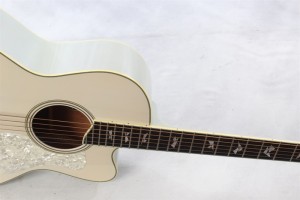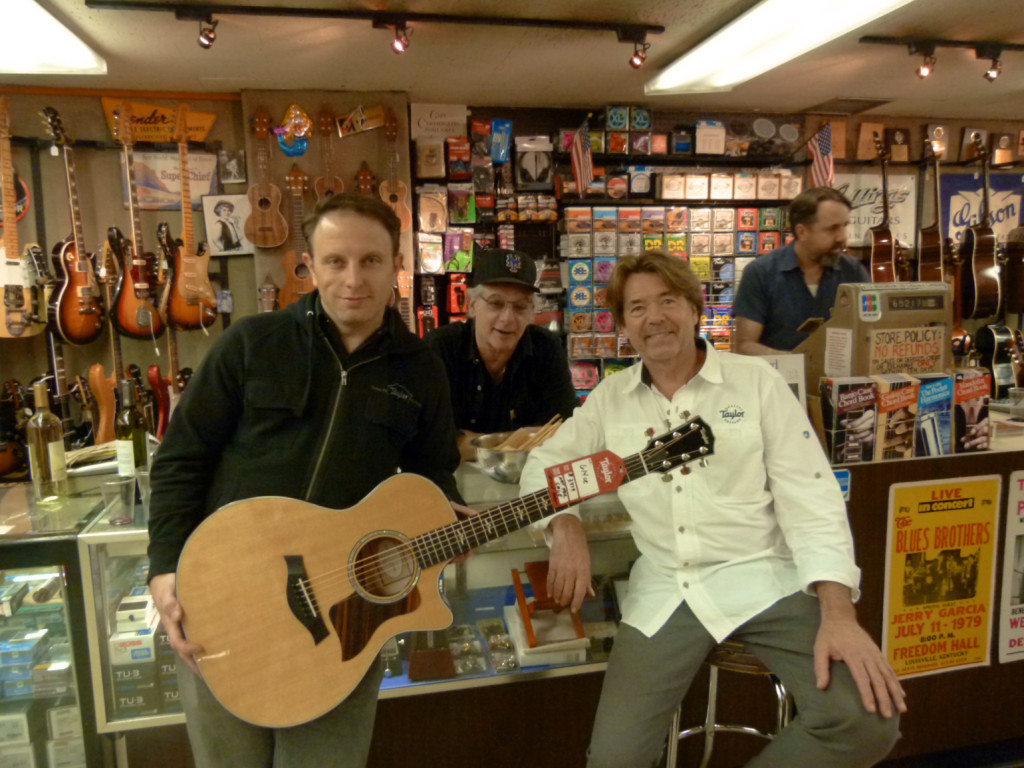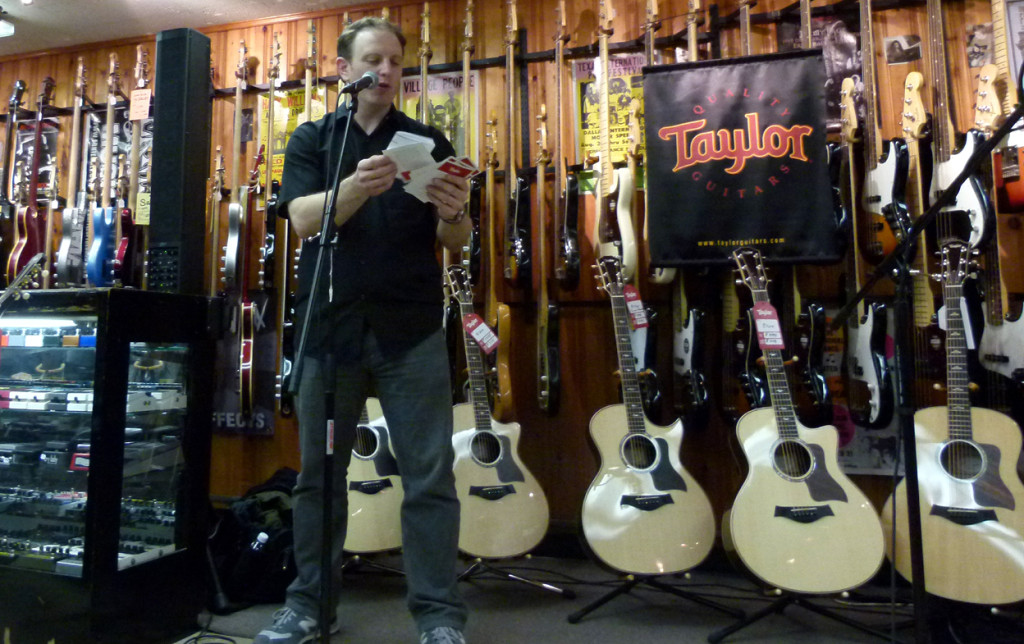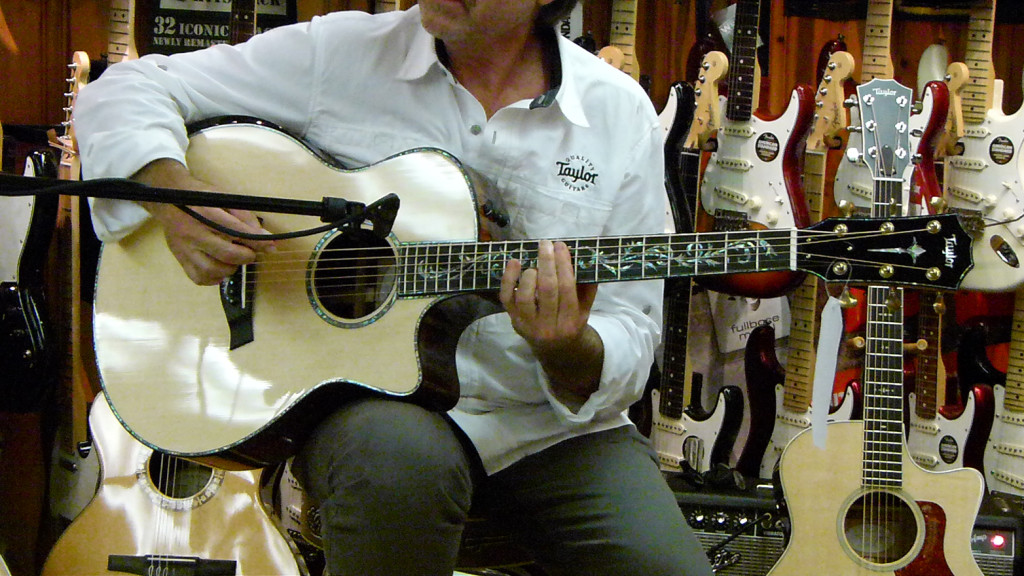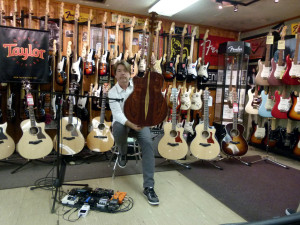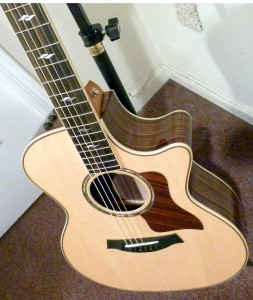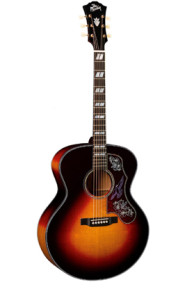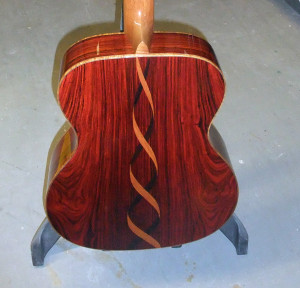A new reader asks about the difference and value of the Martin D-41 vs. D-42
Of splitting hairs and shifting braces
Hi,
I just came across this site a little while ago.
I have the opportunity to buy either a Martin D 41 Standard or a Martin 42 Standard for the exact same price of $4,300.00.
My question is, which would be the better one to buy, in terms of playability, increase in value, sound etc. So far, from what I can tell from reviews, there doesn’t seem to be that great a difference other than about $800 in cosmetics, forward bracing, different tuners, a little more abalone. Is that true or are there other differences?
The price is the same either way at one store the guy offered the D 42 for the price of a D 41. Other stores offer the D 41 for the same price. Both are offered on the net.
Thanks,
K River
Spoon Replies:
Hi K,
If you are talking about new guitars with a full warranty, tax and shipping not included, $4,300 is a good price for a D-42. If not the best price in the country, it is very close. But it is a high price for a new D-41.
Knit One, Pearl 42
When it comes to the specifics of your query, the reason the D-42 costs more (list price $6,999 vs. $5,999) has to do with the pearl inlay more than anything else. No job at Martin takes longer while also requiring the highest paid workers than pearl inlay. The D-42 gets the snowflake pattern on the fingerboard that was originally used on Style 45 in the prewar era. That takes longer to do than the hexagon blocks used on modern Style 45 and Style 42.
The D-42 also gets the pearl inlaid around the fingerboard extension, or “fretinsula” as my friend Tony dubbed it. That is quite difficult to do perfectly and adds time and wages spent.
Style 42 also gets grained ivoroid binding and aging toner on the top, etc. The whole point of the extra pearl and vintage touches is to make the guitar look like a pre-1939 D-45, from the front. And Martin charges a little more for all that stuff too.
Style 42 does not get all the extra back and side pearl of an actual 45.
A D-41 gets smooth white binding and otherwise is a modern Martin, little different in specs from the HD-28.
Playability
Both guitars have the same neck and string spacing, so they have the same playability, depending upon how they are set up in terms of string height, etc. It is identical to the Standard Series D-28 and HD-28.
Good Wood
Style 42 gets Martins top grade of rosewood, the same as Style 45, the official top of the line. Style 41 does as well, but the very best looking wood is always set aside for Styles 45 and 42.
The spruce top on a 42 and 41 is Grade 7, although some Grade 8 does show up on 42s. From what I have seen the only difference between a top of the line Grade 8 top and a Grade 7 top has to do with how even the coloring is across the top, and sometimes how even the grain lines are. But the differences are minimal when one considers the lowest grade spruce at Martin is still better than half the guitar industry puts on their best guitars.
So, while it is true the 42 officially gets preferential wood over a 41, it is so very close in quality to hardly matter.
Tone and Super Tone
The D-41 is basically an HD-28 with higher grade tonewoods, chosen entirely based on looks, even if some people feel spruce tops that have perfect grain with even spacing can sound better.
Also, many people, like me, feel that the deep wide trench carved into the edge of the top where it anchors to the side and is then filled with uniquely dense abalone shell has an effect on the sound of the guitar, which is why the D-41 doesn’t sound the same as an HD-28. It is a brighter, more complex voice with a lovely, busy shimmer across the high harmonics.
The D-42 has that quality too, but it also gets forward-shifted bracing, which increases the flexibility of the sound board in the center below the bridge, increasing bass response and overall resonance.
To my ear the D-41 has that classic dark Indian rosewood and Sitka spruce undertone, strong ringing fundamentals and complex harmonic overtones, while also being a very lively, clear and defined voice, sunnier and chimier than a Style 28 or Style 35 Martin, with that 40-something shimmer in the highest timbres.
A D-41 sounds similar to a D-45, but it is not as resonant or complex a voice, as the D-45 has that trench cut into the sides and back as well, which allows them to breath more easily than other Martins.
The D-42 is a much more lush, complex version of that, with a rumble in the deeper, darker cellar and more echoy resonance in the higher registers.
A D-42 sounds similar to a D-45V due to the forward-shifted braces, but like the D-41 it is not as complex or resonant for the same reason mentioned above.
Some people find it too complex and thunderous. So I understand why they like a D-41 better, because they want the scalloped braced resonance, but still want tighter, more defined fundamentals and a guitar that is less thumpy and echoy. But the D-42 is one impressive guitar with a huge personality and many people find the wow factor too much to turn down.
But the D-42 also costs a lot more – or should. It sounds like someone is trying to offer you a deal on a D-42 by selling it low, while trying to sell you a D-41 for the price of a D-42. Perhaps they have had the 42 a while and would be happy to sell it for a slight profit.
I make a point of not dwelling on price publicly, as I feel everyone should support and buy from the dealer of their choice, and I do not wish to take bread out of any dealer’s mouth. But it is a fact that Martin dealers are limited to what price they are allowed to advertise a new, non-custom Martin. That price is called the MAP, for Minimum Advertised Price. Many dealers rely on this because they know most buyers are unaware that other dealers will sell Martins considerably below the MAP. But you have to find them and ask them in person for their best price.
Frankly, you can get a D-41 at a better price if you look for it. Where as, a nationwide price hunt for another D-42 might save you $100 tops.
The D-42 is clearly the better deal in your situation, and has the better resale value because of that. That being said, if you play a D-41 that makes you have to buy it at that price, you may not find one at a lesser price that you like as much. But once you get up into the 40s at Martin the consistency of quality is pretty great.
So, unless you have a decided dislike of forward-shifted bracing, the D-42 would be my recommendation given the options you provided.
Like this:
Like Loading...

